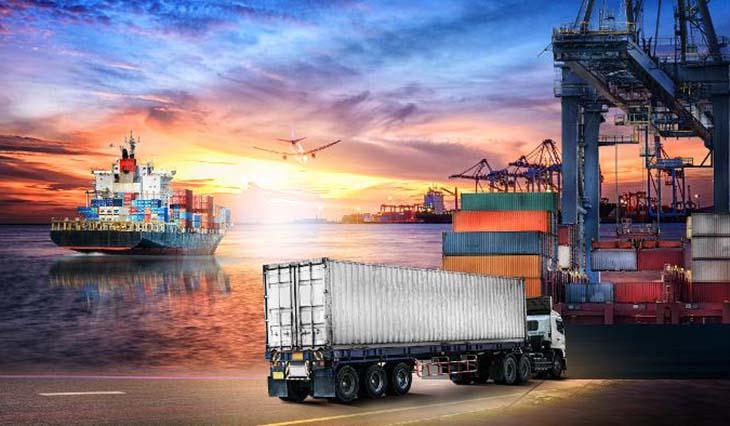 Frost & Sullivan's analysis, Post-Pandemic Growth Opportunity Analysis of the Indian Logistics Industry, reports that while the strict containment measures in the country have ensured that the sector will witness only marginal growth in 2020, they have also created new opportunities for digitalization across the logistics value chain. Digitalization and technology adoption is expected to gain traction during the post-pandemic recovery phase, which is expected to drive the Indian logistics industry to grow at a CAGR of 7.2% between 2019 and 2025.
Frost & Sullivan's analysis, Post-Pandemic Growth Opportunity Analysis of the Indian Logistics Industry, reports that while the strict containment measures in the country have ensured that the sector will witness only marginal growth in 2020, they have also created new opportunities for digitalization across the logistics value chain. Digitalization and technology adoption is expected to gain traction during the post-pandemic recovery phase, which is expected to drive the Indian logistics industry to grow at a CAGR of 7.2% between 2019 and 2025.
"Digitization, automation, and robotics are expected to transform the value chain with digital platform-based freight solutions, logistics process automation, and last-mile delivery solutions," said Senthil Kumar Subbiah, Supply Chain & Logistics Practice Industry Analyst at Frost & Sullivan. "The integration of computing devices enables interoperability by linking people, processes, and data without any physical movement. Reducing human intervention at various steps of the supply chain can be a game-changer during a pandemic or similar crisis. For instance, owing to the fears of virus transfer while handling voluminous paperwork by multiple parties, Indian Customs has mandated the usage of a single-window system for the transfer of export documentation."
Subbiah added, "A key factor driving the post-COVID-19 recovery of the sector is the proposed logistics policy by the Government of India. The policy aims to eliminate inefficiencies and reduce costs by removing bottlenecks in the logistics value chain. Logistics costs associated with customs and border clearance are expected to decline. The development of cold storage infrastructure and the adoption of digital technologies would reduce costs associated with warehousing operations. The policy is expected to streamline trade and investment processes in India, resulting in an improvement in export competitiveness."
For further revenue opportunities, market participants should:
We use cookies to ensure you get the best experience on our website. Read more...